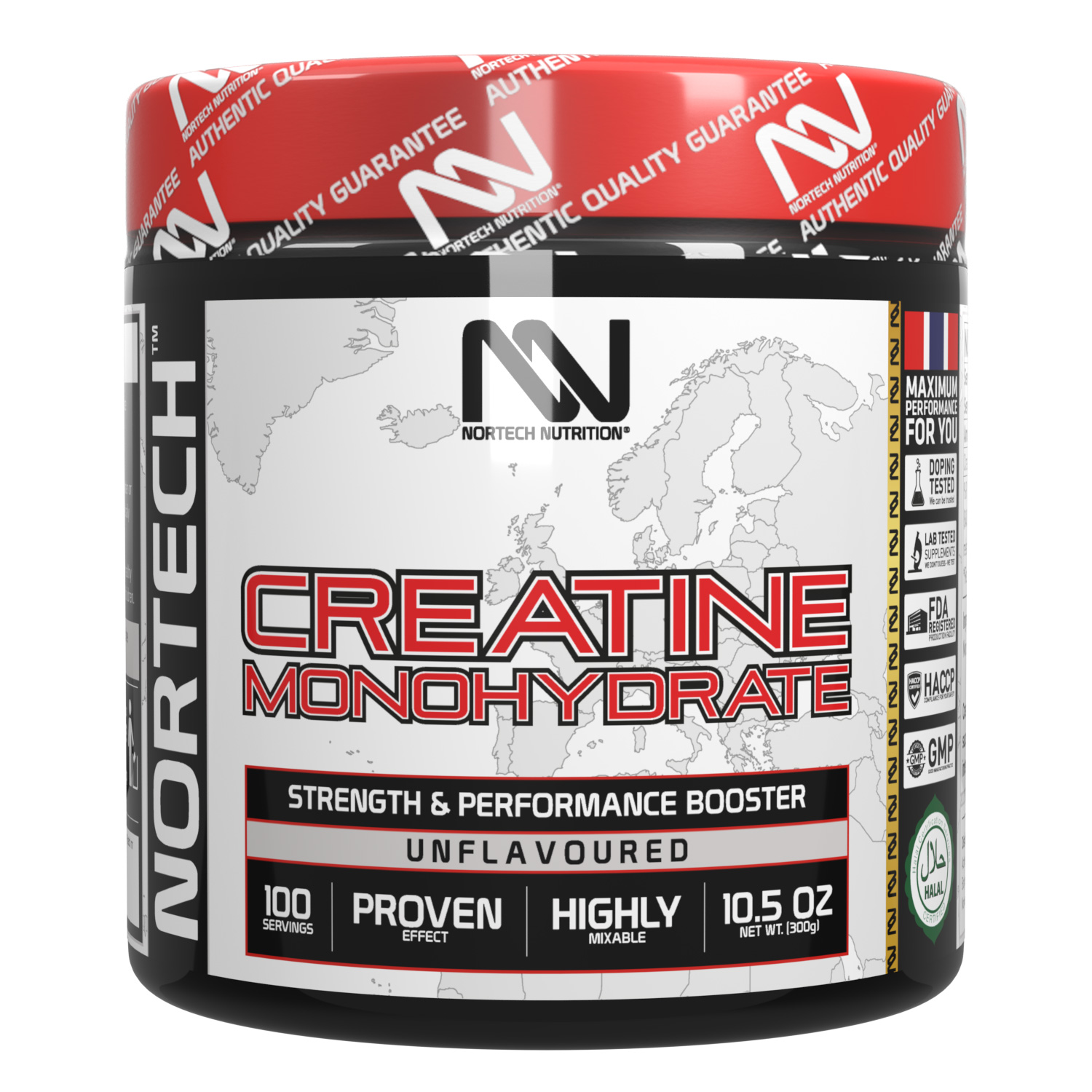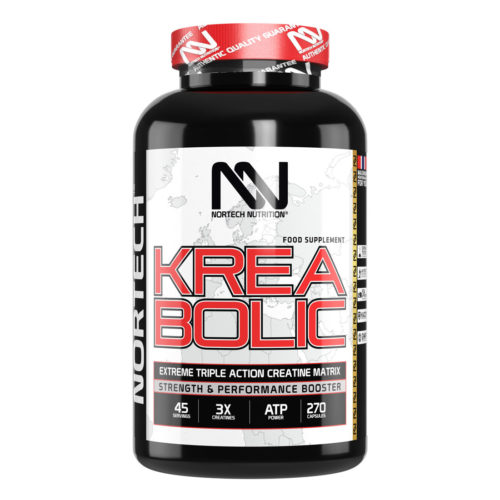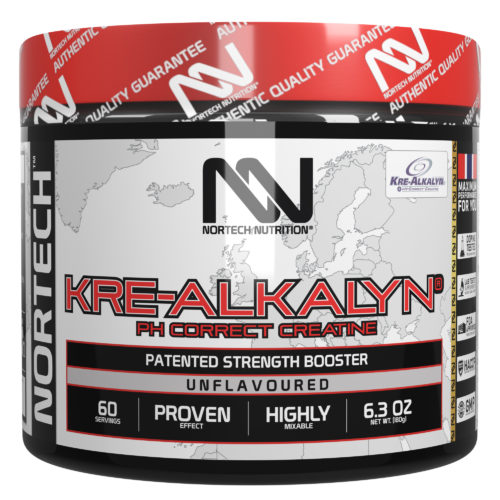Creatine 300g
Description
Creatine 300g, Boost Your Strength with our Premium Creatine Monohydrate!
Trusted by athletes worldwide, our Creatine is the preferred choice for those seeking amplified power and size. Additionally, it has become a staple for many professionals aiming to enhance their athletic prowess.
Experience Unmatched Muscle Building Benefits
Creatine monohydrate, a cornerstone of athletic supplements, magnifies your body’s natural stores by a staggering 40%. Therefore, this amplification supercharges strength and endurance activities. As can be seen from numerous studies, it’s undeniable how transformative anabolic signals lead to unmistakable gains in strength and size.
Dive Deeper into Creatine: Nature’s Energy Booster
Originating from the Greek term ‘kreas’ for meat, Creatine holds a central position in muscle energy dynamics. During intense physical activities, this energy becomes paramount. Serving as the bedrock for ATP (adenosine triphosphate) production, which is the muscle’s primary energy currency, therefore ensures peak cellular performance. Power athletes have consistently turned to our Creatine for its unmatched blend of safety and efficacy.
Maximize results with D-Ribose
By supplementing with D-Ribose, you’re setting the stage for enhanced ATP conversion. Not only does this combination amplify energy production, but it also facilitates quicker recovery. Break through strength plateaus and optimize cellular Creatine uptake, paving the way for unparalleled athletic prowess.
Initial Loading Phase for Peak Results
To harness full strenght potential, it’s a great idea to initiate with a loading phase. Specifically, aim for 3-5g of Creatine, consumed 3-4 times daily for an initial span of 5-7 days. As a result, your muscles become saturated with this energy powerhouse. Once this phase concludes, transition to a steady daily intake of 3-5g. Furthermore, consider blending with juice or lemonade for an added taste boost and enhanced absorption. Want to expand your knowledge about creatine, take a tour here.
Tailor Your Intake Post-Loading
After completing the loading phase, it’s pivotal to recalibrate your Creatine consumption. Based on individual needs and body mass, a consistent daily intake of 3-5g is recommended. Additionally, always monitor and adjust dosages within the 3-8g range as necessary.
Stay Hydrated – The Unsung Hero of Creatine’s Success
While integrating this performance enhancer into your regimen, prioritizing hydration is non-negotiable. By elevating your daily water intake by an extra liter, you ensure optimal flushing of metabolic by-products. This not only maintains but also enhances your peak performance levels.
Nutrition Declaration
| Nutrition Declaration | |
|---|---|
| Serving size: 3g | |
| Amount per serving | Per 3g |
| Creatine Monohydrate | 3 g |
| Ingredients: Micronized (200 mesh) creatine monohydrate | |



